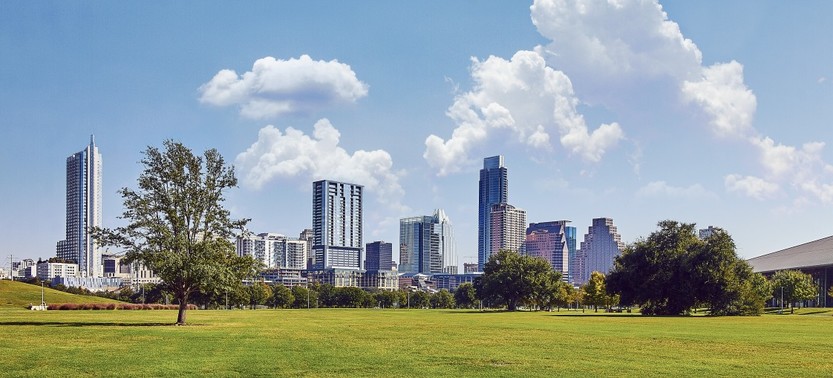Age-Friendly Cities are Eco-Friendly, Too
While older Americans often get knocked for their indifference to climate change, they often lead the most sustainable lifestyles. As the needs of older Americans increasingly coincide with those of the planet, cities have the chance to better meet them both.

SURVEY: What are YOUR attitudes about global warming? Answer and get a chance to win a $50 Amazon Gift Card!
Apparently, young people care a lot about climate change. They’ll be alive to watch its effects worsen, they grew up decades after those effects were first predicted, and many feel a sense of resentment toward the older generation for failing to corral it. A 2018 Gallup analysis appeared to affirm this divide, identifying a “global warming age gap” in which concern about climate change was highest among those 18-34 and lowest among those 55 and older.
And yet, it turns out that the intergenerational politics of climate change are not quite so simple. Other data, from a U.K. insurer, suggest that even though younger people report greater concern about climate change, older people tend to practice more eco-friendly behaviors. When it came to recycling, avoiding single-use plastic, eating seasonal fruits and vegetables, and reducing plane travel, those 55 and older scored substantially higher than those 16-24. A poll from 2008 showed similar patterns.
The thing about eco-friendliness is that it doesn’t have to happen on purpose—many people lead sustainable lifestyles for reasons other than helping to curb climate change. For example, switching to solar energy and installing energy-efficient appliances often make great ways to slash the utilities bill, and are appealing more for their price tag than their social impact. That’s just fine. Whether or not older Americans are shrinking their carbon footprints on purpose, it’s important to encourage.
What this also means is that we can make cities better places for older Americans to live, while making those cities more sustainable at the very same time. The World Health Organization has identified several attributes of an “age friendly” city. Many of those attributes double as eco-friendly. Here are four of the most important:
- Age friendly cities have “places and programs for active leisure and socialization.” Parks very often serve this role, providing spaces for people to walk, chat on benches, exercise, and take out their pets. Incidentally, their trees and plants also play a crucial role in counterbalancing some of the carbon emissions that all cities generate.
- “Good air/water quality” is another attribute of an age friendly city, but it of course benefits all ages when air and water are not polluted. Air pollution endangers both planetary and human health, and for the elderly it can even be fatal. In addition, where the tap water is not safe to drink, not only is lugging home heavy packs of plastic water bottles hard for some older people to manage, but single-use plastics are particularly unsustainable; they require substantial fossil fuel emissions to manufacture and also endanger wildlife.
- Cities need ample “accessible and reliable public transport” to be considered age friendly. As cities around the world begin to ban cars and improve public transport, the benefits are manifold: less congestion, more economic opportunity for those who can’t afford to drive, less air pollution, and of course, more freedom of movement for older people who no longer drive. While many cities still have a long way to go to make their public transport viable, those that do will become more age-friendly and eco-friendly all at once.
- Even before covid-19, “flexible work practices” were essential in an age friendly city. Now, opportunities for remote and part-time work are more important than ever, as many older people need to continue working but face a higher risk from the virus. As it turns out, the more people can work remotely, the less they commute, and the smaller their carbon footprint. Meanwhile, those who struggle with driving, have health needs they must attend to throughout the day, or are responsible for taking care of an aging spouse or parent, benefit too.
As beneficial as all four of these attributes are, they are not always prioritized by city planners. It costs money to maintain parks, limit industry, and operate public trains and buses. Both pollution and ageism remain pervasive, and it’s up to every city to take active steps to thwart them.
Ultimately, whether or not older Americans are the most concerned about climate change, their needs often coincide with those of the planet, presenting cities with the unique opportunity to better serve them both. Just as climate change itself is an unintentional consequence of human activity, so too can climate change mitigation be incidental to other changes and innovations. Building more inclusive cities is a good place to start.














There are no comments for this article yet. Be the first to leave a comment